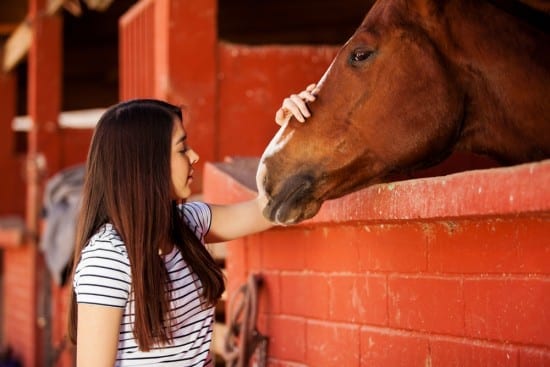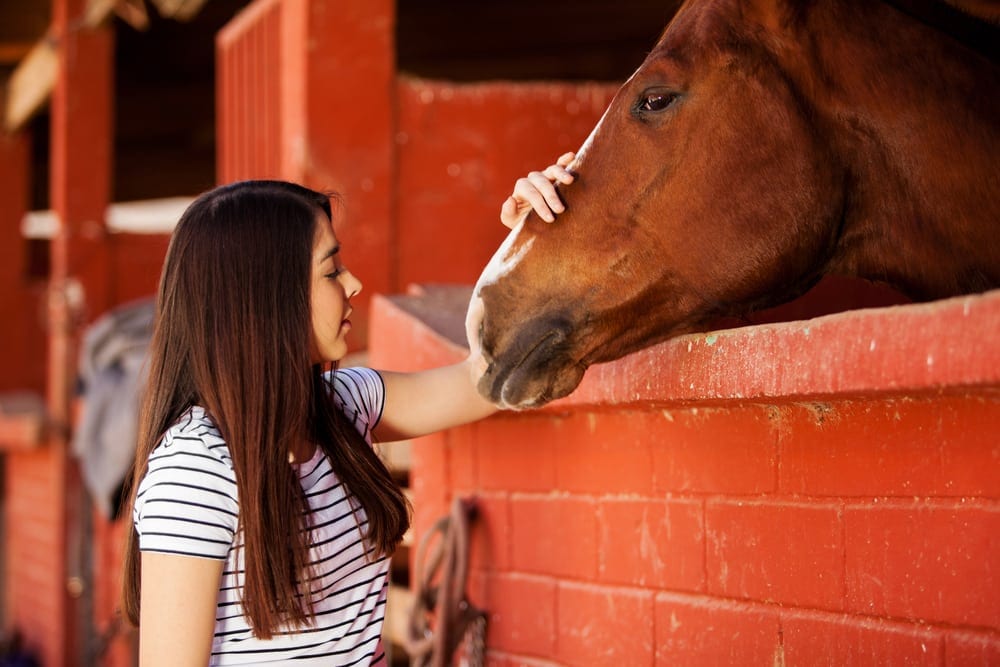 Pet Therapy is type of treatment using trained animals to help people cope with a variety of issues, including illness and mental health issues. Pet therapy sessions are guided by the animal’s handler, who is trained in pet therapy. Another name for pet therapy is Animal Assisted Therapy (AAT).
Pet Therapy is type of treatment using trained animals to help people cope with a variety of issues, including illness and mental health issues. Pet therapy sessions are guided by the animal’s handler, who is trained in pet therapy. Another name for pet therapy is Animal Assisted Therapy (AAT).
While it is common to use dogs or cats in animal therapy, other types of animals can also serve as pet therapy animals. Some other animals that are used in pet therapy are guinea pigs, fish, and horses. A child who is allergic to animal fur may be able to work with dolphins. The choice of which animal to use in pet therapy has a lot to do with the child and what sort of help he needs.
Some people confuse pet therapy with Animal Assisted Activities, or AAA. Pet therapy is, like most therapies, an ongoing process that takes place over several structured meetings. The patient works toward specific goals. In AAA, the sessions are more casual and about seeking comfort and enjoyment from spending time with animals.
In other types of therapy, a child may feel self-conscious, since all the focus is on the child. This can be hard on the child and may keep him from getting the full benefit of the therapy. In pet therapy, the focus is more on the animals and the cute or funny things they do. With the focus on the animal instead of the child, self-consciousness is greatly reduced and the child is more relaxed.
Maria Glenn specializes in equine therapy, or therapy with horses, and has been in the field since 2005, working in both the UK and in Spain. Glenn says that pet therapy can achieve results faster than some other types of therapy. That’s because it’s easier for a child to build a rapport with an animal than with an (adult) therapist. That rapport comes from having a shared experience, as the child handles or plays with the animal.
Responsibility And Caring
Pet therapy (AAT) also teaches children to have compassion for other beings. Glenn says this is a great lesson for children who have Asperger’s syndrome, for instance, who may have to work hard to find empathy for others. At Glenn’s pet therapy place, caring for the animals is part of the therapy. This helps teach children about taking responsibility for themselves and for others. Glenn creates a verbal contract with each child to accept responsibility for his or her own behavior and safety. That contract is renewed before each pet therapy session.
AAT can also help children build communication skills, both verbal and nonverbal. A child may give a verbal command to a dog, “Jump!” or a nonverbal command, such as a gentle squeeze of the legs to urge on a horse to go faster. Working with an animal is also excellent at teaching children how to “set boundaries for themselves and learn about personal space,” says Glenn.
What Happens in Pediatric Pet Therapy?
The child’s healthcare provider may manage the therapy sessions or refer the child’s parents to an AAT facility. In each session, the animal handler is there to work with animal and child with the provider as guide to achieve therapy goals, determined in advance. Animal handlers may be volunteers who have received training.
Just as there are many types of animals, so too, there are many different types of pet therapy. In general, pet therapy is based on the bond that can be created between humans and animals. In filial pet therapy, for instance, a child may be taught how to use a clicker to teach a dog to jump through a hula hoop. As the child watches the therapy dog progress, the child’s own sense of self-esteem is increased.
The child sees that he has a positive effect on the dog’s behavior. He feels capable and encouraged. The animal handler praises the child for a job well done, and this reinforces these good feelings of self-worth. The sessions are fun and enjoyable. A bond is created between child and animal.
Benefits of Pet Therapy for Children
Pet therapy (AAT) can offer many benefits to children. Pet therapy may, for instance:
- Build self-confidence
- Increase self-esteem as the child learns and performs new skills
- Improve verbal and nonverbal communication skills
- Teach boundary-setting skills (what is acceptable and unacceptable)
- Improve organizational and planning skills
- Teach compassion and empathy for others
- Demonstrate how to offer and receive unconditional love
- Teach children to take responsibility for themselves and others
- Help a child make a connection that is free of judgment—an animal will not laugh at or bully a child
- Build trust
- Hone fine motor skills
- Improve independent or assisted movement
- Calm anxiety or make a child feel less lonely
- Help to develop social skills
- Increase a child’s willingness to join in activities
- Improve interactions with others
- Make the child more willing to exercise
- Help a child get through medical or dental procedures with less anxiety and fear
- Teach skills that might be useful at school or in the workplace, for instance how to calculate feed rations
- Reduce pain, anxiety, fatigue, and depression
What Kind of Pet Therapy?
When considering the many types of animals and types of pet therapies, a parent should consider both the child and the goal of therapy: what is the hoped-for outcome. If your child is afraid of dogs, you might not want to choose canine therapy as a way for your child to cope with the stress and fear of chronic illness, as it will be hard for your child to build rapport with a dog. If, on the other hand, your goal is to get your child over her fear of dogs, canine therapy may be just perfect for her.
Maria Glenn offers a true-life example of this in the form of a set of 6 year-old triplets who were sent to her facility for pet therapy. The triplets were homeschooled and their mother wanted them to work on their social skills. “While they were happy to work with huge horses, when they met my tiny Pomeranian dog, they all jumped up on a table and screamed at full volume until the dog was taken away!
“They might have benefited from canine therapy, but the results would have taken a longer time to achieve than it did with the horses.”
Maria Glenn got into the field of equine therapy as the result of having a son with Asperger’s syndrome. Today she describes working with horses and children as an “absolute passion,” and says that, “Horses can be large and scary, but there is no better animal for helping a child build confidence and self-esteem than when he realizes that this giant 600-pound creature is listening to him and will do his bidding when he asks in an appropriate manner.”
Still, equine therapy is not right for every child and Glenn suggests that parents contact local pet therapy facilities in their area, and explain the desired goals and outcomes. An AAT facility should be able to guide parents to the type of pet therapy that is right for the child. Glenn also says that if things don’t work out with one type of animal or therapy, the parents can always try another type.
Pet Therapy Eligibility
An animal chosen for pet therapy generally has to meet certain standards. First, the animal will need a physical exam by a veterinarian to make sure the animal has all its vaccinations and is healthy. Then you can ( try out vetnaturals.com ) if the animal needs any supplements.. Then the animal will need obedience training so it can be properly controlled by the handler. The animal’s handler must also take lessons in how to interact with patients.
At this point, the animal is evaluated according to its temperament and how it behaves with its handler. Finally, the animal and handler team receives certification.
Many factors come into choosing the animal and handler team for a pet therapy patient. The type of animal, its size, age, behavior, and breed, are all important considerations in figuring out the right team for each child patient. But when all is said and done, pet therapy, properly planned and administered, can bring positive outcomes not just for the child, but for the entire family. In fact, according to the Mayo Clinic, family members who look on during a session of pet therapy tend to feel better, too!
Has your child used pet therapy (AAT) to cope with medical procedures or to improve skills? We’d like to know about it. Write to Varda at Kars4Kids dot org with your child’s pet therapy success story.
